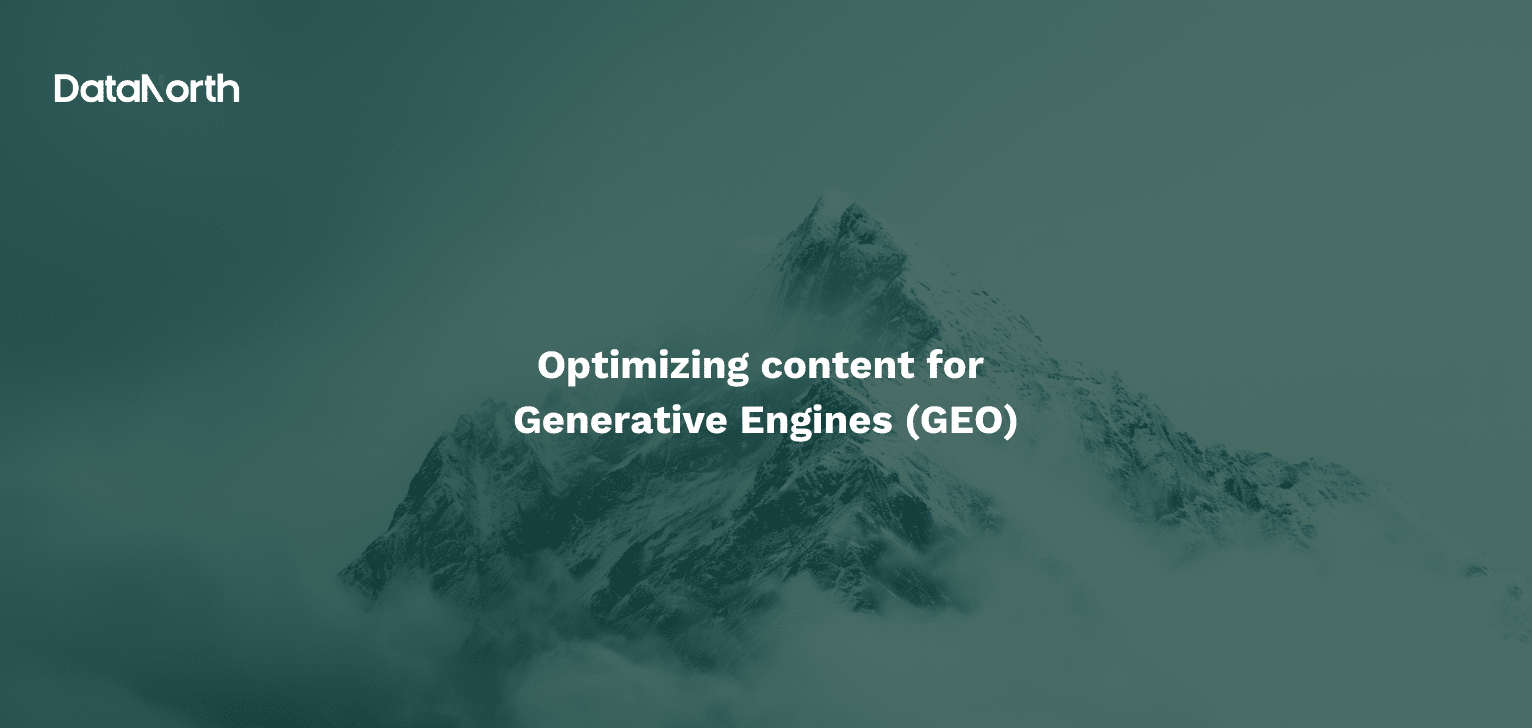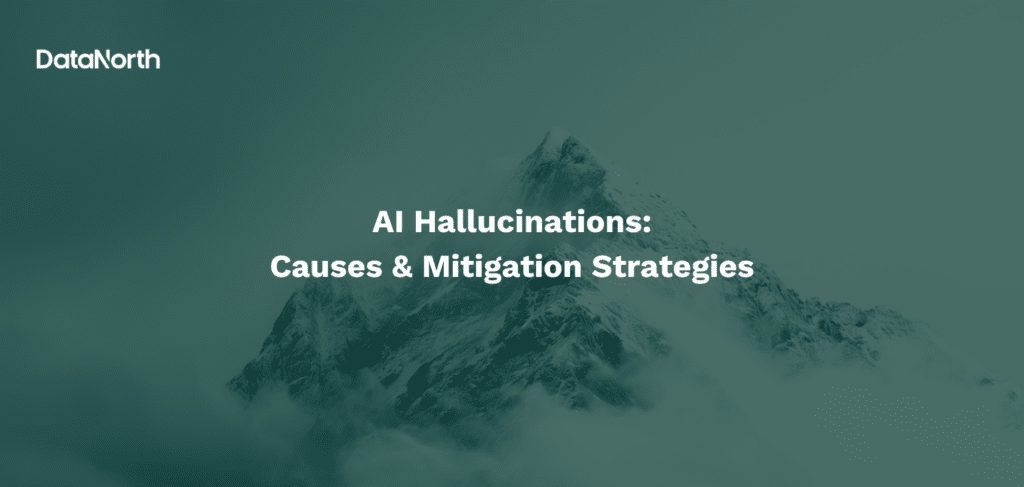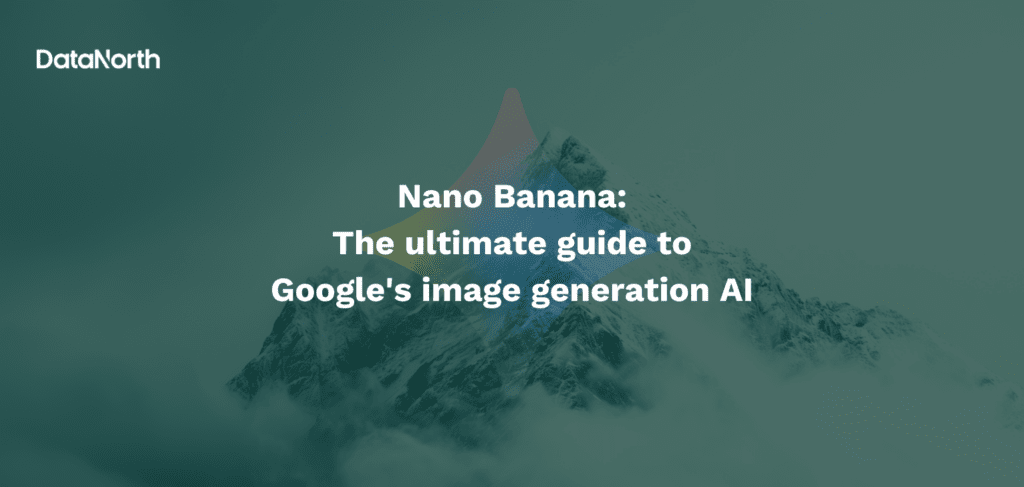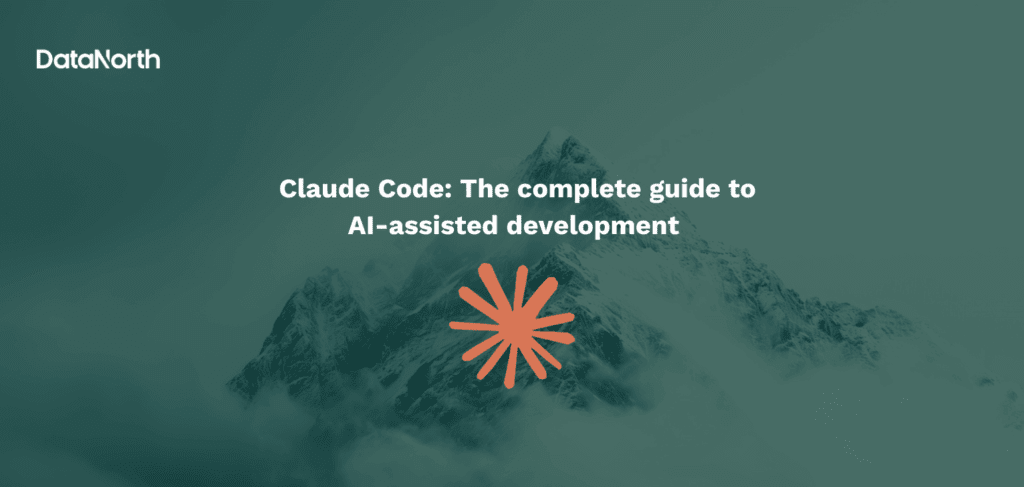Unlike traditional SEO, which targets search engine algorithms, GEO focuses on ensuring your content is effectively parsed, interpreted, and cited by large language models (LLMs). This guide distills insights from academic research to provide actionable strategies for optimizing your content in the age of generative AI.
1. Crafting high-quality content for AI interpretation
Generative AI systems prioritize content that demonstrates authority, clarity, and depth. A study on AI-assisted academic writing found that students relied on AI tools to generate well-structured, citation-rich drafts, highlighting the importance of comprehensive coverage. To align with AI preferences:
- Use hierarchical headings: Organize content with clear section breaks (e.g., H2, H3 tags) to help LLMs map topic relationships. For example, research on AI-generated reading materials showed that structured content improved comprehension for language learners by 22%.
- Incorporate multimodal elements: Pair text with tables, diagrams, or LaTeX equations (e.g., $ f(x) = \int_{-\infty}^\infty \hat f(\xi),e^{2 \pi i \xi x} ,d\xi $) to reinforce key points. A comparative study of AI-driven learning found that multimodal content increased student engagement by 34%.
- Prioritize original insights: Avoid generic statements. Instead, cite peer-reviewed studies or real-world case studies, as ethical AI guidelines emphasize the risks of AI-generated misinformation.
2. Technical strategies for AI-friendly content
Generative AI relies on clean, semantically rich data to generate accurate responses. Key technical optimizations include:
- Schema markup: Use schema.org vocabulary to label content types (e.g., Article, Dataset). This helps LLMs classify your content, similar to how QPlanner improved response relevance by 40% in retrieval-augmented systems.
- Math and code formatting: Present equations in LaTeX (e.g., $ W_{quant} = round(W_{float} \times 255) $) and code snippets in syntax-highlighted blocks. A study on AI-powered engineering education found that properly formatted technical content reduced errors in AI-generated explanations by 28%.
- Latency optimization: Ensure fast page load times (<200ms) through edge computing or CDNs. Slow-loading content is often deprioritized by AI systems, as shown in generative AI performance metrics.
3. Ethical considerations in GEO
As generative AI proliferates, ethical optimization is critical to maintaining trust:
- Disclose AI collaboration: Transparency about human-AI co-creation is essential. A paper on academic integrity warns that undisclosed AI use undermines credibility and may violate copyright laws.
- Audit for bias: Regularly check content for algorithmic biases, such as gendered language or cultural assumptions. Research on AI ethics education found that 68% of students encountered biased AI outputs during writing tasks.
- Avoid synthetic content traps: While AI can draft content, human oversight is non-negotiable. A study on academic misconduct revealed that 41% of plagiarized submissions involved unedited AI-generated text.
4. Measuring GEO performance
Track how often your content is cited by generative AI using these metrics:
| Metric | Tool | Target |
| Citation frequency | Custom AI crawlers | ≥3% per topic |
| Response accuracy | LLM validation APIs | ≥95% precision |
| User engagement | Analytics platforms | ≥2 mins/page |
For example, a distance learning experiment using AI textbooks saw a 37% increase in student retention when content was optimized for clarity and relevance.
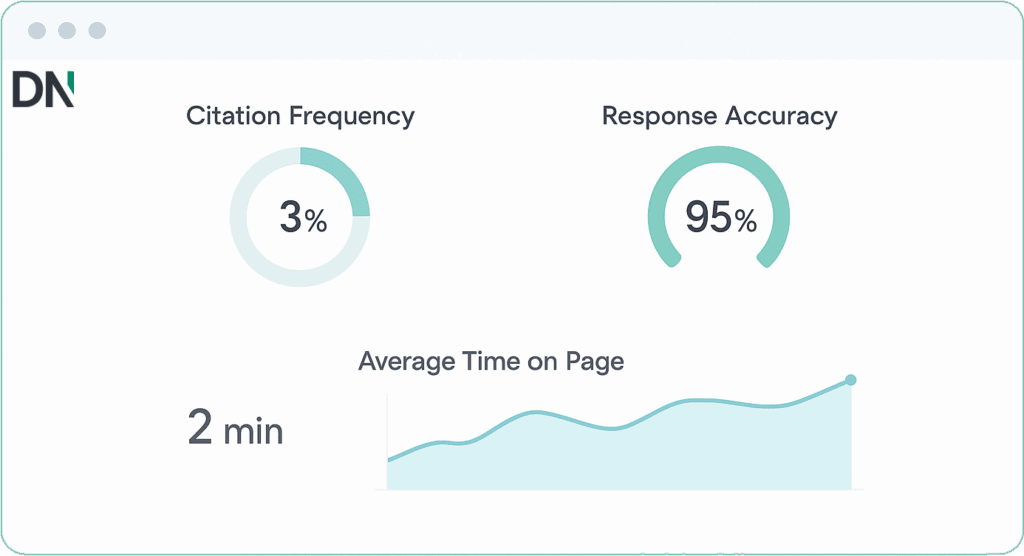
5. Future-proofing your GEO strategy
The AI landscape evolves rapidly, but these trends will shape GEO’s future:
- Personalized AI pathways: Tools like QPlanner enable dynamic content tailoring based on user queries. Prepare by modularizing content into reusable snippets.
- Regulatory compliance: Emerging laws may require labeling AI-generated content. Stay ahead by adopting the ethical frameworks proposed for academic publishing.
- Voice search optimization: As voice-activated AI grows, optimize for conversational keywords and FAQs.
Optimizing for Generative Engine Optimization
Generative Engine Optimization bridges human creativity and AI efficiency. By combining authoritative content, technical precision, and ethical rigor, you can ensure your work remains visible in an AI-dominated information ecosystem. As research on AI-augmented education concludes, the future belongs to creators who adapt alongside technology, not those who resist it. Start refining your GEO strategy today to stay ahead of the curve.
For further reading, explore the hyperlinked studies to deepen your understanding of AI-driven content optimization.


